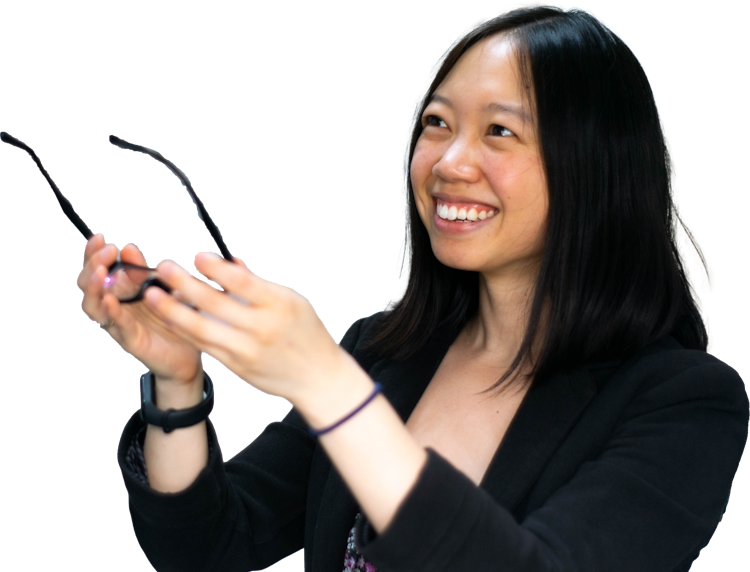- Homepage/
- Sun protection for our eyes?
Sun protection for our eyes?

Aussie parents are great at ensuring that their kids are covered with a hat and sunscreen, however, there is a lack of understanding for eye protection and unfortunately, parents then give into “my child won’t wear sunglasses, she doesn’t like them” at a time when their eyes are most vulnerable to UV damage.
30% of Australian children already have signs of UV damage by the age of 12-15, so it is crucial to protect your children's eyes from a young age.
How does UV enter the eyes?

REFLECTED LIGHT: Off surfaces around us such as water and snow, as well as cloudy days with increased UV scatter
OVERHEAD: During the middle of the day 12 pm - 2 pm
Children have larger pupils and immature lenses that allow more UV through to the eye and onto the macula. Children also receive approximately three times the annual adult dose of UV as they spend more time outside, and therefore have a greater risk of damage to retinal structures as UV penetration through the eye is maximal between the ages of zero and 2 years.
What are the best sunglasses for UV protection?
WRAP: Flat sunglass frames do not provide the same protection as wrap frames as it does not protect the eyes from light that enters from above and the side.
BACK SURFACE ANTIREFLECTIVE COATING: This blocks reflected light from entering the eye.
QUALITY LENSES: UV400 rated lenses.
